Chang'e-1
In 2004, China officially launched a Moon exploration project called Chang'E Project. The Chinese Lunar Exploration Program (CLEP) is divided into three main operational phases of orbiting (Phase I), landing (Phase II) and returning (Phase III). The Chang'E-1 mission was launched on October 24, 2007 as a pioneer of CLEP, aiming at the scientific objectives of obtaining three-dimensional images of the land forms and geological structures of the lunar surface, analyzing and mapping the abundance and distribution of various chemical elements on the lunar surface, probing the features of the lunar soil and assessing its depth, and probing the cislunar space environment. The spacecraft intentionally impacted the lunar surface in Mare Foecunditatis area under the instruction sent from the ground after finishing its nominal and extended scientific missions on March 1.
There are 8 scientific payloads on the Chang'E-1: three-line array charge coupled device stereo camera (CCD), laser altimeter (LAM), X-ray spectrometer (XRS), Gamma-ray spectrometer (GRS), interference imaging spectrometer (IIM), microwave radiometer(MRM), high-energy particle detector (HPD), solar wind detectors (SWID). Full details are given as followed.

CCD
| The scientific goal of the three-line array charge coupled device (CCD) stereo camera is to obtain three-dimensional stereo images of the lunar surface, with spatial resolution of 120m, and swath width of 60km at orbital altitude of 200 km. |
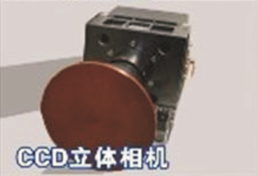
LAM
| The scientific goal of the laser altimeter (LAM) is to measure the altitude of the spacecraft from the nadir point on the lunar surface to construct 3D stereo images of the lunar surface, with wavelength of 1064nm, and resolution of 1m. |
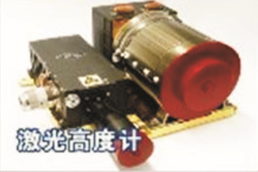
XRS
| The scientific goal of the X-ray spectrometer (XRS) is to measure the flux and energy of X-rays emitted from lunar surface materials and to map the elemental abundances of Mg, Al and Si on a global scale, with energy resolution of 300eV@5.9keV for low-energy X-ray detector, 10%@59.5keV for high-energy X-ray detector and 300eV@5.9keV for solar monitor. |
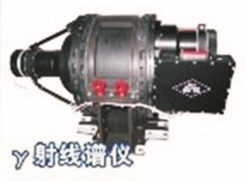
GRS
| The scientific goal of Gamma-ray spectrometer (GRS) is to map the elemental abundances of the lunar surface, with energy range of 300 keV–9MeV, and energy resolution of 9% for 137 Cs at 662 keV. The abundances of 11 chemical elements of U, Th, K, Fe, Ti, Si, O, Al, Mg, Ca and Na were measured. |
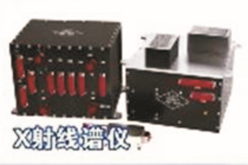
IIM
| The scientific goal of the interference imaging spectrometer (IIM) is to obtain multispectral images of the lunar surface to map the distribution of various mineral elements, with spatial resolution of 200m, swath width of 25.6km,and band range of 0.48–0.96 μm. |
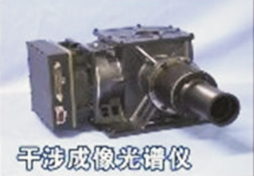
MRM
| The scientific goal of the microwave radiometer (MRM) is to measure the microwave brightness temperature of the lunar surface and to investigate characteristics of lunar regolith with four channels whose frequencies are separately 3.0 GHz, 7.8 GHz, 19.35 GHz and 37 GHz. |
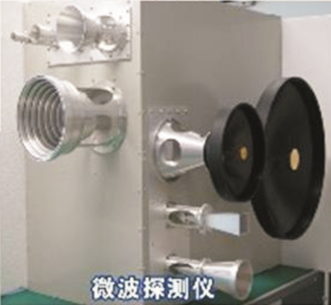
HPD
| The scientific goal of the high-energy particle detector (HPD) is to analyze the protons, electron and heavy ions in the space environment along the operating orbit, charactering the distribution and movement of the charged particles from solar cosmic rays and solar particle events. |
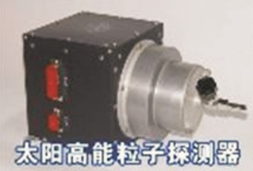
SWID
| The scientific goal of solar wind detectors (SWID) is to measure the flux of low-energy solar wind ions in the space environment along the operating orbit, the scientific data obtained, together with the measurement of the HPD, is used to analyze the characteristic of the targeted space environment. |
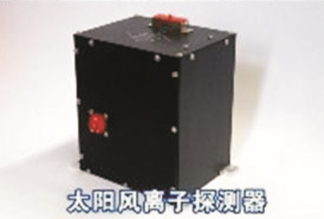
Data Introduction:https://vsso.nssdc.ac.cn/nssdc_en/html/vssolist.html?searchKeywords=Chang%27E-1
Data Access:https://moon.bao.ac.cn/web/enmanager/home